The Old Broke Rancher Remembers His Old Broke Rambler


A 1967 El Camino with a 454 CID, 4 on the floor, in 1967. I968 Camaro SS 350 in 68. 1970 Roadrunner 383 in fall of 1969. These are some of my best buddy Tom's cars. He had them in 1967, 1968, and 1969 respectively.
As I have pointed out as many times as I can to anyone who'll listen, I came from a poor family. But I hung out with friends who came from more prosperous backgrounds - my best friend, Tom, was a kid whose father owned a sizeable cattle ranch.
To Tom's credit, he was definitely a rich kid. Still, he put a reasonable amount of effort into lowering himself to my level, which is to say his jeans had holes in the same places mine did. He wasn't above a burger and a coke, even if he could have had foie gras and Dom Perignon instead.
In the fall, when his dad sold the calves, the family always got a big check. In those days, feeder steers sold for 28 cents a pound.
His dad would buy about 1500 head, give or take. These were 325-pound steers on average, and then he would winter them on his hay and sell them again the following fall, after the summer, on the veritable (and sometimes literal) mountains of verdant grass in central Montana.
His family ranch had summer pasture in both the Judith and the Snowy Mountains. By the next fall, they were all about 775 pounds, grown enormous on Montana's mountain pastures, famous for being cow heaven. Montana's grass has always been called fat grass, after all, and higher altitude summer pasture has the fattest grass there is.
At 28 cents, the seasonal check could be $180,000. Today that might buy you a well-furnished outhouse, but in 1968 it was a boatload of cash Gas was 34 cents, eggs 53 cents, a new Chevrolet El Camino, the most popular car in America that year, was $2280. Even a new house cost only about $26600.
So the fall cattle check usually translated into new cars for Tom's whole family: I noted, not without a touch of jealousy, that Tom and his sisters got sporty little numbers, while his mom got a new Buick, and his dad a new GMC pickup.
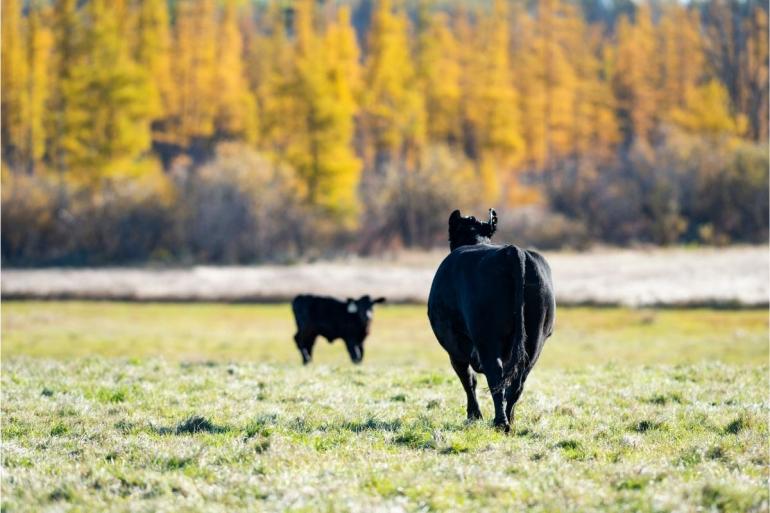
Now, a new car was nice, but the cash-only came in the fall, and for the rest of the year, well, it was a ways down the road before the next payday. Tom's family's cars were not overly fuel-efficient, so we ended up, more often than not, driving my more humble car.
I fondly remember my old 1961 "Rambler Classic," the second car I had after my Studebaker Silver Hawk. Three-speed on the column, with an overdrive lever found under the dash, to the right of the steering wheel. The car had a 195.6 CID straight six-cylinder engine, a whopping 127 horsepower monster that would net 35 MPG in overdrive. When gas averaged a now stunning 34 cents a gallon, it would and could go quite a ways for a dollar. Unsurprisingly, it always turned out to be our ride of choice, and most importantly, the ride in which we could actually afford to go somewhere. Plus the seats made into a bed, a boon for a couple of country kids who loved to camp. It saved gas, and saved lodging bills to boot.
It wasn't all that pretty, however. In fact, the ole Rambler was really rough looking, and the reason I stopped to look at it in the first place, ambling past the Ford garage in Lewistown, was to marvel at just how many dents it had all over it.
They had it parked on a side lot at the garage, where they keep the ones that weren't pretty enough to turn the heads of decent people. I walked up to it and nodded at the salesman on the lot.
"What happened to this one?"
The salesman said the previous owner had an affinity for getting a little loaded and chasing coyotes across a stubble field. One time he came to a coulee and rolled it seven times. The man was fine, evidently less dented than the car. He also commented that it was too bad because the gentleman had just paid big bucks to put what he called a new crate motor in it. He bragged it up until I realized I had to have it, dents be damned. He said he had to have 50 bucks out of it.
"But the front driver door don't open, and the windshield is caved in," I protested. As always, I was in the mood to barter. I asked If I could take it for a test drive, and he said sure.
I took it to my next-door neighbor (who just, as it happens, was a body man), asked him if he could get a windshield back in it.
"I think I can."
"How 'bout this, then: I will mow your lawn all summer if you can do it for me."
You gotta deal, he said, spitting in his palm and presenting it for me to shake. That summer, he drank Mint Juleps and watched me mow his lawn, and I got a free windshield.
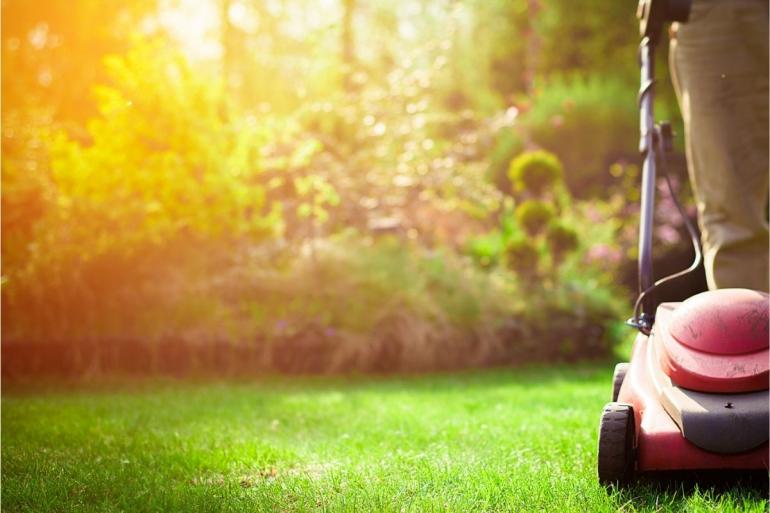
I drove back to the Ford dealer with a theatrical frown.
"You and I both know that 50 big ones is a ridiculous price for a wrecked car you can't even get in. Every time I drive it, I'm going to have to climb over the passenger seat. This here's a $20 car."
He pointed out that it had brand new tires and reminded me of the new engine before we settled on 35 bucks. This time we shook hands, but there was no spit, and I had a nice wrecked car to drive.
That old Rambler would start when nothing else would, right down to 50 below zero. On several such days, I arrived at High School to find I was the only one who had made it through the snow and cold.
The other advantage was that it was a lot less conspicuous, but that might be a story for another day.
The old Rambler was a fine automobile, right up to the day I turned left, and the right front tire and wheel went right. It just fell right off, leaving the car stuck on the side of a farm road. Tom and I looked at each other and realized that the fun was over - even a minor repair sort of totals a $35 car.

More than fifty years later, I was perusing a junkyard owned by a gentleman who had once owned an AMC dealership. I was looking for parts for an old Jeep Gladiator pickup truck, a 1966 behemoth that my dad owned, so it has some sentimental value to my family. My kids and I are trying to get Grandads truck running again. It would be considered junk by almost any rational standard, but add in the sentimental value, and voila, you have a truck worth restoring.
And I see, in this junkyard, sitting in an unassuming corner among the rest of the detritus, a 61 Rambler Classic.
It wasn't in my old car's color. But the rest of the car, still intact, flooded my emotions with nostalgia. I traveled back over the decades on a flashback trip to my high school days, a long time ago, and a place far, far, away. Could I restore this car?
I shook my head and soberly returned to reality. I imagined walking into the NAPA parts store looking for any part for the old girl, and I realized it would be near impossible. You might be able to restore an old Model T. There are parts are out there for that, but not an old Rambler.
Nor, for that matter, an old man. Neither is worth much to anyone, seems like; it's just the flotsam and jetsam of days gone by, discarded, now consigned to the dust heap of history and my memories.
But what happy memories they are.
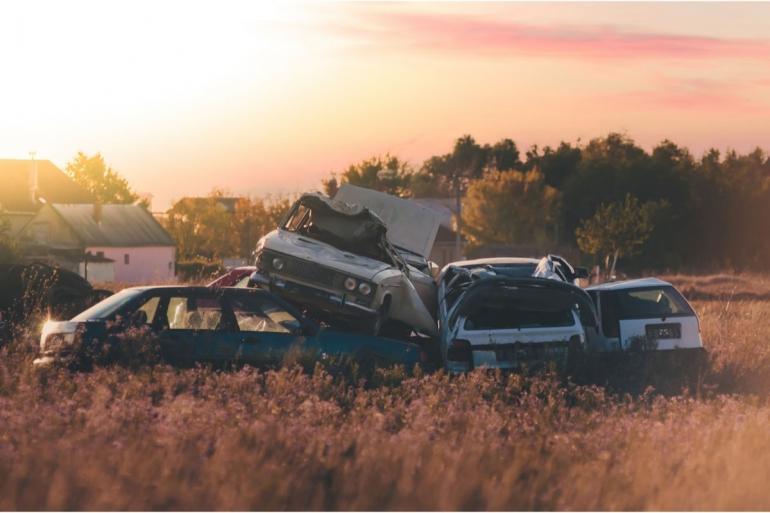
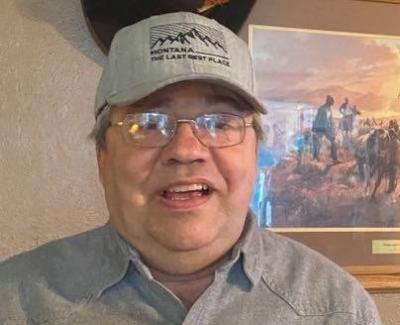
Gary Shelton was born in Lewistown in 1951 and has been a rancher, a railroader, a biker, a teacher, a hippie, and a cowboy. Now he's trying his hand at writing in the earnest hope that he'll make enough at it to make a downpayment on an RV. Hell, scratch that. Enough to buy the whole RV. He can be reached at [email protected] for complaints, criticisms, and recriminations. Compliments can be sent to the same place, but we request you don't send them - it'll make his head big.
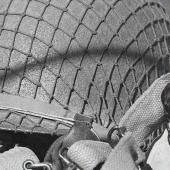



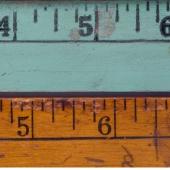

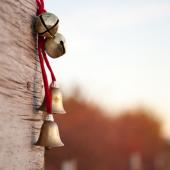

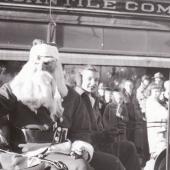
- Reply
Permalink